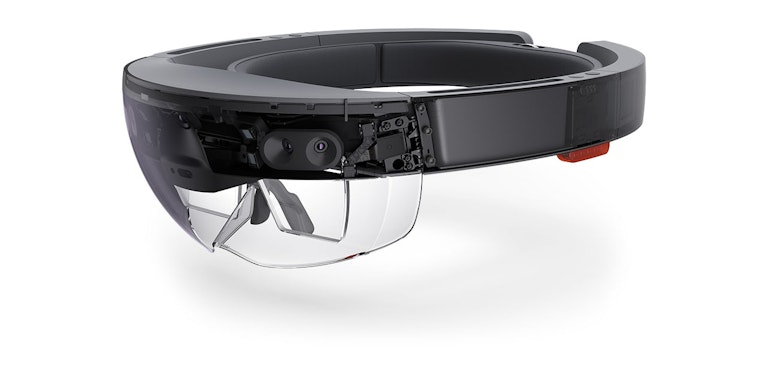General
- Did I win the contest? When will I receive my prize?
- I submitted my project but it says "Awaiting moderation". Will it affect my eligibility?
- My project is locked and I can't edit it anymore. Why is that?
- Somebody copied my entry! What can I do?
- What are the prizes?
- What is the contest timeline?
- When will winners be announced? Where can I see the list?
- Who is eligible to participate?
Other questions
- Realize the potential of predictive maintenance with IoT
- Realize the potential of remote monitoring with IoT
If you are a winner, we will contact you directly via email to arrange the shipment of your prize.
- Woot! Win a new Microsoft HoloLens, the smart-glasses headset that is a cordless, self-contained Windows 10 computer.
- $500 gift certificate or cash
- $500 gift certificate or cash
- $500 gift certificate or cash
- $500 gift certificate or chash
- $500 gift certificate or cash
Contest begins:
June 30, 2016 at 8:00 AM PT
Submissions close:
September 18, 2016 at 7:59 PM PT
Winners announced:
October 7, 2016
Contest winners will be announced on October 7, 2016. The list of winners will be visible on the main page (Contest brief).
What you predict must be something you can take action on—otherwise, that prediction has no value. For example, predicting that a heating and cooling unit is going to fail in the next day is not useful if there is nothing you can do to prevent it.
Start by figuring out the outcome you are looking to achieve—this determines the predictive question you need to answer, and helps you measure the success of your effort.
Common predictive questions include:
- Timing: How much time does the equipment have left until it fails?
- Probability: What is the probability of failure in (x) number of days or weeks?
- Cause: What is the likely cause of a given failure?
- Risk-level ranking: What equipment has the highest risk of failure?
- Maintenance recommendation: Given a certain error code and other conditions, what maintenance activity is most likely to solve the problem?
Ensure your solution can work with a variety of asset types and connection methods—both for assets you have, and assets you might add in the future.
Once you've identified the business process you want to address, you'll need to profile the assets involved. These might be smart devices at branch locations around the world, sensors on remote equipment, or even products installed at customer sites. There are a number of items that should be determined:
- Types of assets—high-value equipment, such as manufacturing robots, automation equipment or standalone sensors and actuators.
- Operating systems—such as Windows, Linux, Android, iOS, proprietary systems, or, in the case of "dumb" devices, no operating system at all.
- Locations—where the assets are geographically located and the environmental conditions they operate in.
- Data—what kind of data the assets can collect and send.
- Connection protocols—how the assets connect to internal systems or to a data storage location in the cloud.
Consider establishing a device registry, which enables you to define individual device identities and associate a specific device (or device group) with the data it generates. Mapping device characteristics lays the groundwork for establishing a device registry, and for device management and predictive maintenance capabilities.
It is also important to plan for device-level security, including who has access to what devices, and what data they can view.
Couldn't find an answer to your question? Email us.

